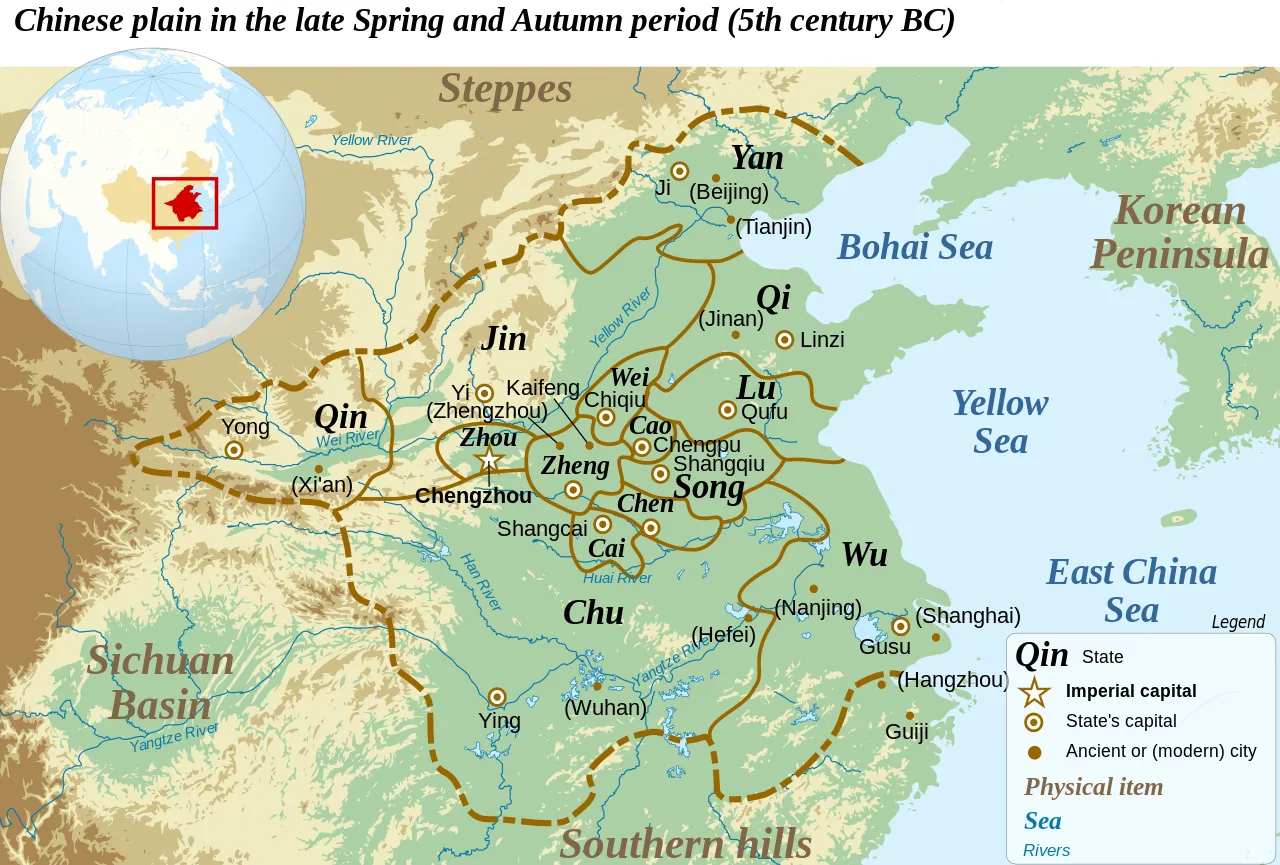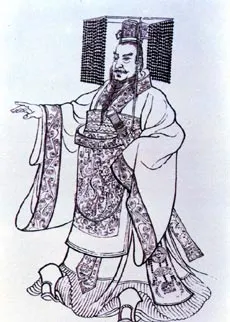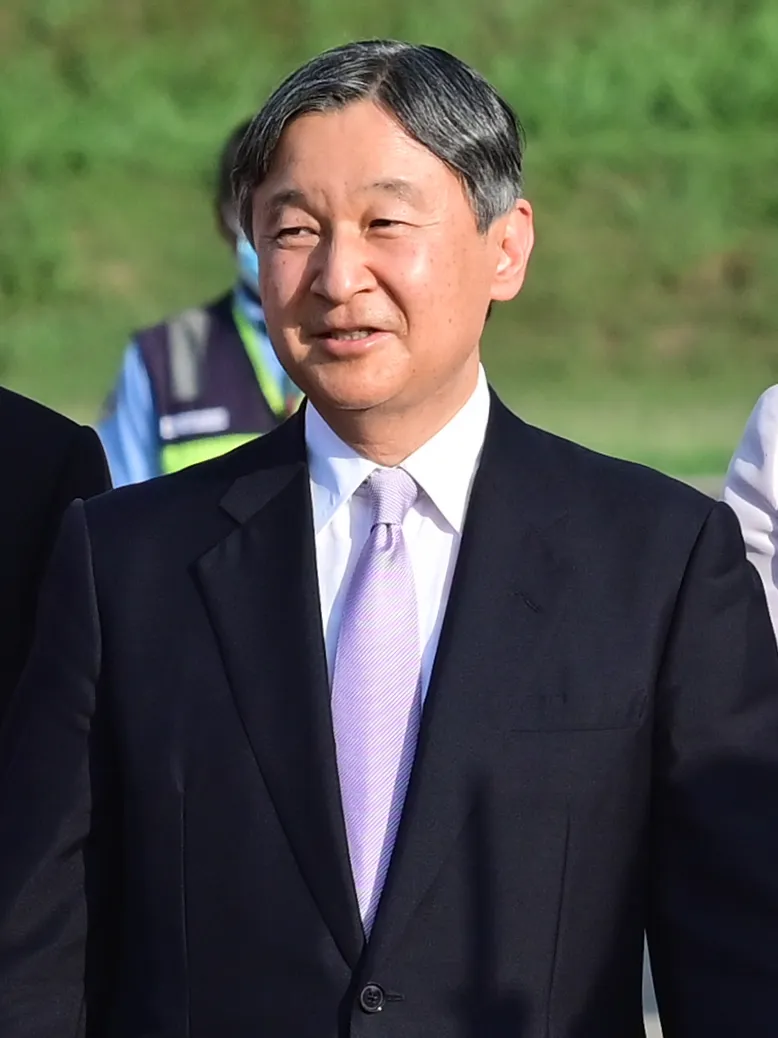
I am aghast that philosophical and religious beliefs have been crafted and whittled away by the sword to serve the purposes of their wielders. So little relevance to physical science has been assigned, when wealth and power to destroy have instead been dominant, that there seems to be no reason other than acquiescence to whatever murderous warlords demanded for the acclaimed understanding of spirit and fundamental forces that function across the heavens.
What concern of the distant stars are the tribulations of armored monkeys? Consider these things are tens of millions times more distant and different than ants and men, and our own attention to the felicity of individual ants. I am left with the distinct understanding that while philosophers may have begun to structure rational understanding of metaphysical explanations of natural processes, mere political power has seized on their deliberations and forced the powerless to simply obey the strongest blade.
These are but the vanities of men that flutter like candles in a breeze, as if physics has no more reality than the urges of monkeys with swords, overwhelming this instant, forgotten the next.
Soon enough we will no longer suffer such vanities.
I always feel a sense of challenge and frustration while reading the wonderful and great English sentences of the genius @valued-customer!
Does he believe that his English sentences can be understood by American elementary school students?
Or could he be understood by middle and high school students in America?😅

Maybe @joeyarnoldvn can understand his English sentences?
I felt that his English sentences were rhetorical sentences used by American politicians and diplomats!

I felt his English was similar to @roleerob's!
Because I study English by myself, it is difficult to understand the English sentence of genius! 😂
It's probably hard for American adults who haven't graduated from college to understand his English!
After thinking about how to respond to his comment for a few days, I decided to write a reply!
I guess @valued-customer was shocked and offended by the beliefs and actions of Japan's overlords!
So, I decided to write about the Chinese scholar who first created the history of East Asian overlords!
 Sima Qian ([sɹ̩́mà tɕʰjɛ́n]; c. 145 – c. 86 BC)
Sima Qian ([sɹ̩́mà tɕʰjɛ́n]; c. 145 – c. 86 BC)
Sima Qian ([sɹ̩́mà tɕʰjɛ́n]; c. 145 – c. 86 BC) was a Chinese historian of the early Han dynasty (206 BC – AD 220). He is considered the father of Chinese historiography for his Records of the Grand Historian, a general history of China covering more than two thousand years beginning from the rise of the legendary Yellow Emperor and the formation of the first Chinese polity to the reigning sovereign of Sima Qian's time, Emperor Wu of Han. As the first universal history of the world as it was known to the ancient Chinese, the Records of the Grand Historian served as a model for official history-writing for subsequent Chinese dynasties and the Chinese cultural sphere (Korea, Vietnam, Japan) up until the 20th century.[1]
Sima Qian's father, Sima Tan, first conceived of the ambitious project of writing a complete history of China, but had completed only some preparatory sketches at the time of his death. After inheriting his father's position as court historian in the imperial court, he was determined to fulfill his father's dying wish of composing and putting together this epic work of history. However, in 99 BC, he would fall victim to the Li Ling affair for speaking out in defense of the general, who was blamed for an unsuccessful campaign against the Xiongnu. Given the choice of being executed or castrated, he chose the latter in order to finish his historical work. Although he is universally remembered for the Records, surviving works indicate that he was also a gifted poet and prose writer, and he was instrumental in the creation of the Taichu calendar, which was officially promulgated in 104 BC.
As his position in the imperial court was "Grand Historian" (tàishǐ 太史, variously translated as court historian, scribe, or astronomer/astrologer), later generations would accord him with the honorific title of "Lord Grand Historian" (Tàishǐ Gōng 太史公) for his monumental work, though his magnum opus was completed many years after his tenure as Grand Historian ended in disgrace and after his acceptance of punitive actions against him, including imprisonment, castration, and subjection to servility. He was acutely aware of the importance of his work to posterity and its relationship to his own personal suffering. In the postface of the Records, he implicitly compared his universal history of China to the classics of his day, the Guoyu by Zuoqiu Ming, Lisao by Qu Yuan, and the Art of War[note 1] by Sun Bin, pointing out that their authors all suffered great personal misfortunes before their lasting monumental works could come to fruition. Sima Qian is depicted in the Wu Shuang Pu (無雙譜, Table of Peerless Heroes) by Jin Guliang.
Sima Qian ([sɹ̩́mà tɕʰjɛ́n]; c. 145 – c. 86 BC) was a Chinese historian who has been called the father of East Asian history.
Like Moses, he wrote the first history to include China and the entire East Asian world. So, I evaluate him as the first to record the Genesis of China and East Asia!
 Late Spring and Autumn period, 5th century BCE, before the breakup of Jin and the Qin move into Sichuan. The Wei on this map is Wey, not the other Wei that arose from the Partition of Jin.
Late Spring and Autumn period, 5th century BCE, before the breakup of Jin and the Qin move into Sichuan. The Wei on this map is Wey, not the other Wei that arose from the Partition of Jin.
The Spring and Autumn period was a period in Chinese history from approximately 770 to 481 BCE[1] (or later)[a] which corresponds roughly to the first half of the Eastern Zhou period. The period's name[b] derives from the Spring and Autumn Annals, a chronicle of the state of Lu between 722 and 481 BCE, which tradition associates with Confucius (551–479 BCE). During this period, royal control over the various local polities eroded as regional lords increasingly exercised political autonomy, negotiating their own alliances, waging wars amongst themselves, up to defying the king's court in Luoyi. The gradual Partition of Jin, one of the most powerful states, is generally considered to mark the end of the Spring and Autumn period and the beginning of the Warring States period.
 Map of Greece, drawn in 1791 by William Faden, at the scale of 1,350,000
Map of Greece, drawn in 1791 by William Faden, at the scale of 1,350,000
Classical Greece was a period of around 200 years (the 5th and 4th centuries BC) in Ancient Greece,[1] marked by much of the eastern Aegean and northern regions of Greek culture (such as Ionia and Macedonia) gaining increased autonomy from the Persian Empire; the peak flourishing of democratic Athens; the First and Second Peloponnesian Wars; the Spartan and then Theban hegemonies; and the expansion of Macedonia under Philip II. Much of the early defining politics, artistic thought (architecture, sculpture), scientific thought, theatre, literature and philosophy of Western civilization derives from this period of Greek history, which had a powerful influence on the later Roman Empire. Part of the broader era of classical antiquity, the classical Greek era ended after Philip II's unification of most of the Greek world against the common enemy of the Persian Empire, which was conquered within 13 years during the wars of Alexander the Great, Philip's son.
In the context of the art, architecture, and culture of Ancient Greece, the Classical period corresponds to most of the 5th and 4th centuries BC (the most common dates being the fall of the last Athenian tyrant in 510 BC to the death of Alexander the Great in 323 BC). The Classical period in this sense follows the Greek Dark Ages and Archaic period and is in turn succeeded by the Hellenistic period.
I think the Spring and Autumn period in China belongs to the same historical position as Classical Greece!
I believe that maybe @roleerob and @valued-customer will understand what I mean! 😀
Sima Qian ([sɹ̩́mà tɕʰjɛ́n]; c. 145 – c. 86 BC) wrote the first comprehensive and narrative history of the Spring and Autumn period, called the Shiji 史記 .
Records of the Grand Historian, also known by its Chinese name Shiji, is a monumental history of China that is the first of China's 24 dynastic histories. The Records was written in the late 2nd century BC to early 1st century BC by the ancient Chinese historian Sima Qian, whose father Sima Tan had begun it several decades earlier. The work covers a 2,500-year period from the age of the legendary Yellow Emperor to the reign of Emperor Wu of Han in the author's own time, and describes the world as it was known to the Chinese of the Western Han dynasty.[1]
The Records has been called a "foundational text in Chinese civilization".[2] After Confucius and the First Emperor of Qin, "Sima Qian was one of the creators of Imperial China, not least because by providing definitive biographies, he virtually created the two earlier figures."[3] The Records set the model for all subsequent dynastic histories of China. In contrast to Western historiographical conventions, the Records do not treat history as "a continuous, sweeping narrative", but rather break it up into smaller, overlapping units dealing with famous leaders, individuals, and major topics of significance.[4]
Sima Qian ([sɹ̩́mà tɕʰjɛ́n]; c. 145 – c. 86 BC) created a new creation myth by synthesizing numerous Chinese myths, just like Moses' Genesis.
He recorded the personal and public records, histories, achievements, and failures of numerous Chinese overlords, teaching lessons to the next generation of East Asian overlords!
His writings exert a Genesis and Machiavellian influence on the overlords of China, Japan, Vietnam and Korea to this day.
His writings are in the same position as the Genesis for the overlords of East Asia that my respected senior @valued-customer loves! 😅
Sima Qian ([sɹ̩́mà tɕʰjɛ́n]; c. 145 – c. 86 BC) propagated the authority, greatness, and sanctity of Chinese emperors while also writing accounts of failed overlords.
I claim that Sima Qian ([sɹ̩́mà tɕʰjɛ́n]; c. 145 – c. 86 BC) recorded the experiences, successes, and failures of Chinese overlords for 3000 years.
He insisted that Chinese overlords should be kind, generous, and truly love their people!
The works of Sima Qian ([sɹ̩́mà tɕʰjɛ́n]; c. 145 – c. 86 BC) spread to Vietnam, Korea, and Japan, holding the same position as the bibles of East Asian overlords.
East Asian overlords eagerly educated their subjects on the works of Sima Qian ([sɹ̩́mà tɕʰjɛ́n]; c. 145 – c. 86 BC).
So, East Asia was able to exist as a god with overlords ruling over everything.
I believe that the history created by Sima Qian ([sɹ̩́mà tɕʰjɛ́n]; c. 145 – c. 86 BC) became the basis for the religion and philosophy that created the East Asian Overlords as a gods!
Because of that great Chinese historian, the overlords of East Asia loved by @valued-customer have ruled from 2000 years ago to the present!
Overlords have existed for 2000 years as gods who ruled all fields of politics, economy, learning, thought, philosophy, science, and industry in East Asia!
 Son of Heaven was a title of the King Wu of Zhou and subsequent Chinese sovereigns.
Son of Heaven was a title of the King Wu of Zhou and subsequent Chinese sovereigns.
Son of Heaven, or Tianzi (Chinese: 天子; pinyin: Tiānzǐ), was the sacred monarchical title of the Chinese sovereign. It originated with the Zhou dynasty and was founded on the political and spiritual doctrine of the Mandate of Heaven. Since the Qin dynasty, the secular imperial title of the Son of Heaven was "Huangdi".
The title, "Son of Heaven", was subsequently adopted by other Sinospheric monarchs to justify their rule.
The Son of Heaven was the supreme universal monarch, who ruled tianxia (means "all under heaven"). His status is rendered in English as "ruler of the whole world."[1] The title, "Son of Heaven", was interpreted literally only in China and Japan, whose monarchs were referred to as demigods, deities, or "living gods", chosen by the gods and goddesses of heaven.[2]
 Qin Shi Huang was the first Chinese monarch to adopt the title of Huangdi ("Emperor") [1]
Qin Shi Huang was the first Chinese monarch to adopt the title of Huangdi ("Emperor") [1]
Huangdi (Chinese: 皇帝; pinyin: Huángdì), translated into English as Emperor, was the superlative title held by monarchs of China who ruled various imperial regimes in Chinese history. In traditional Chinese political theory, the emperor was considered the Son of Heaven and the autocrat of all under Heaven. Under the Han dynasty, Confucianism replaced Legalism as the official political theory and succession in most cases theoretically followed agnatic primogeniture. The lineage of emperors descended from a paternal family line constituted a dynasty.
The absolute authority of the emperor came with a variety of governing duties and moral obligations; failure to uphold these was thought to remove the dynasty's Mandate of Heaven and to justify its overthrow. In practice, emperors sometimes avoided the strict rules of succession and dynasties' ostensible "failures" were detailed in official histories written by their successful replacements. The power of the emperor was also limited by the imperial bureaucracy, which was staffed by scholar-officials and in some dynasties eunuchs. An emperor was also constrained by filial obligations to his ancestors' policies and dynastic traditions, such as those first detailed in the Ming dynasty's Ancestral Instructions.
 Naruhito
since 1 May 2019
Naruhito
since 1 May 2019
The Emperor of Japan is the Figurehead monarch and the head of the Imperial Family of Japan. Under the Constitution of Japan, he is defined as the symbol of the Japanese state and the unity of the Japanese people, and his position is derived from "the will of the people with whom resides sovereign power".[2] Imperial Household Law governs the line of imperial succession. The emperor is immune from prosecution by the Supreme Court of Japan.[3] He is also the head of the Shinto religion. In Japanese, the emperor is called Tennō (天皇, pronounced [tennoꜜː]), literally "Emperor of heaven" or "Heavenly Sovereign".[4]
The Japanese Shinto religion holds him to be the direct descendant of the sun goddess Amaterasu. However, most Japanese people do not believe this,[5] and most Japanese do not practice Shinto either.[6]
The emperor is also the head of all national Japanese orders, decorations, medals, and awards. In English, the use of the term Mikado (帝/御門) for the emperor was once common but is now considered obsolete.[7]
The Imperial House of Japan, known by their name the Yamato Dynasty, is amongst the oldest in the world, with its historical origins in the late Kofun period of the 3rd–6th centuries AD. According to the mythological accounts of the Kojiki and Nihon Shoki, Japan was founded in 660 BC by Emperor Jimmu.[8][9]
The role of the emperor of Japan has historically alternated between a largely ceremonial symbolic role and that of an actual imperial ruler. Since the establishment of the first shogunate in 1192, the emperors of Japan have rarely taken on a role as supreme battlefield commander, unlike many Western monarchs. Japanese emperors have nearly always been controlled by external political forces, to varying degrees. For example, between 1192 and 1867, the shōguns, or their shikken regents in Kamakura (1203–1333), were the de facto rulers of Japan, although they were nominally appointed by the emperor. After the Meiji Restoration in 1867, the emperor was the embodiment of all sovereign power in the realm, as enshrined in the Meiji Constitution of 1889. Since the enactment of the 1947 constitution, the role of emperor has been relegated to that of a ceremonial head of state without even nominal political powers.
Since the mid-nineteenth century, the Imperial Palace has been called Kyūjō (宮城), later Kōkyo (皇居), and is located on the former site of Edo Castle in the heart of Tokyo (the current capital of Japan). Earlier, emperors resided in Kyoto (the ancient capital) for nearly eleven centuries. The Emperor's Birthday (currently 23 February) is a national holiday.
Naruhito is the current emperor of Japan. He acceded to the Chrysanthemum Throne upon the abdication of his father, Emperor Akihito, on 1 May 2019.